Headington School Street scheme extended after successful pilot
Windmill Primary in Headington is to continue its School Street – road closures that restrict access for motor vehicles at school drop-off and pick-up times during school terms – following the success of the pilot scheme.
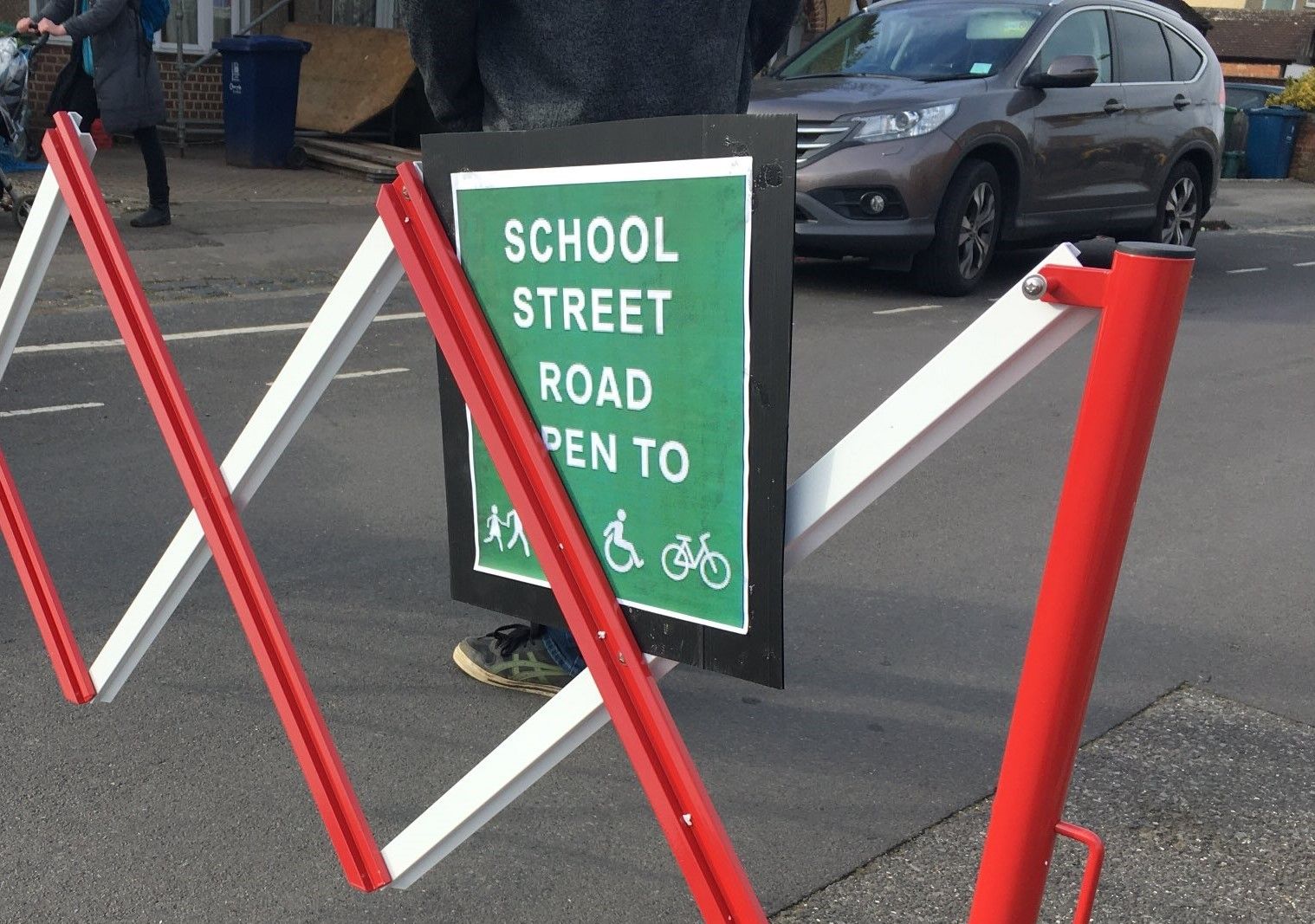
The initial six-week pilot ended on 14 May and, based on positive feedback from marshalls, parents, residents and school staff, Oxfordshire County Council has decided to continue the Windmill Primary School Street to keep the area free of motorised traffic during the school run and make it safer for those walking, cycling and wheeling.
The scheme involves closing small parts of Margaret Road and York Road between 8.20am and 8.55am and 2.30pm and 3.30pm during school term times.
There are exemptions for residents of the closed parts of the streets, blue badge holders and emergency vehicles. The system of opening the barriers to enable blue badge holders to pass through has been working well so far, with blue badge holders now able to search for a parking space and access the school in a calmer environment.
The aims of the scheme are to reduce pollution levels around the school and to make the roads safer for children getting to school by walking or by bike or scooter. Creating a car-free environment outside the school also supports social distancing.
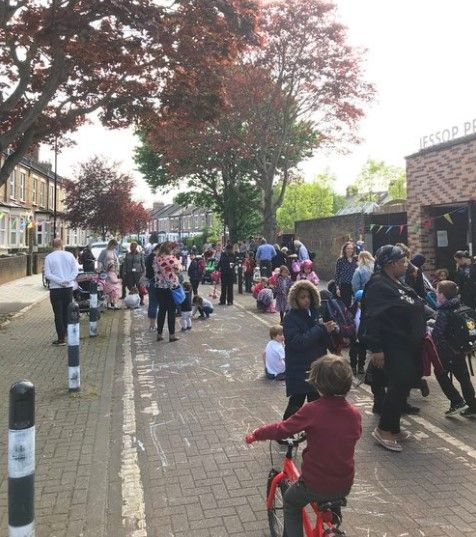
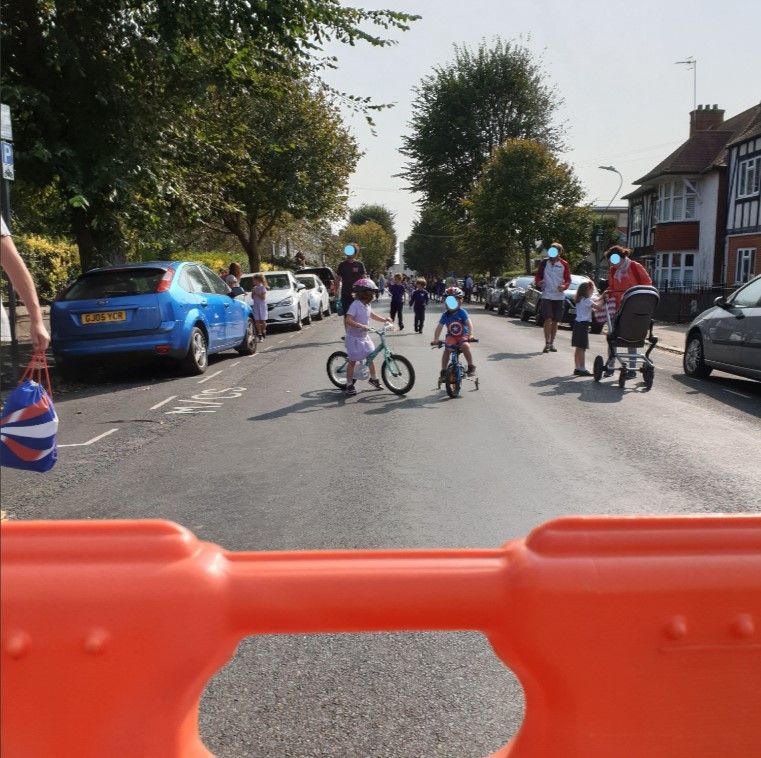
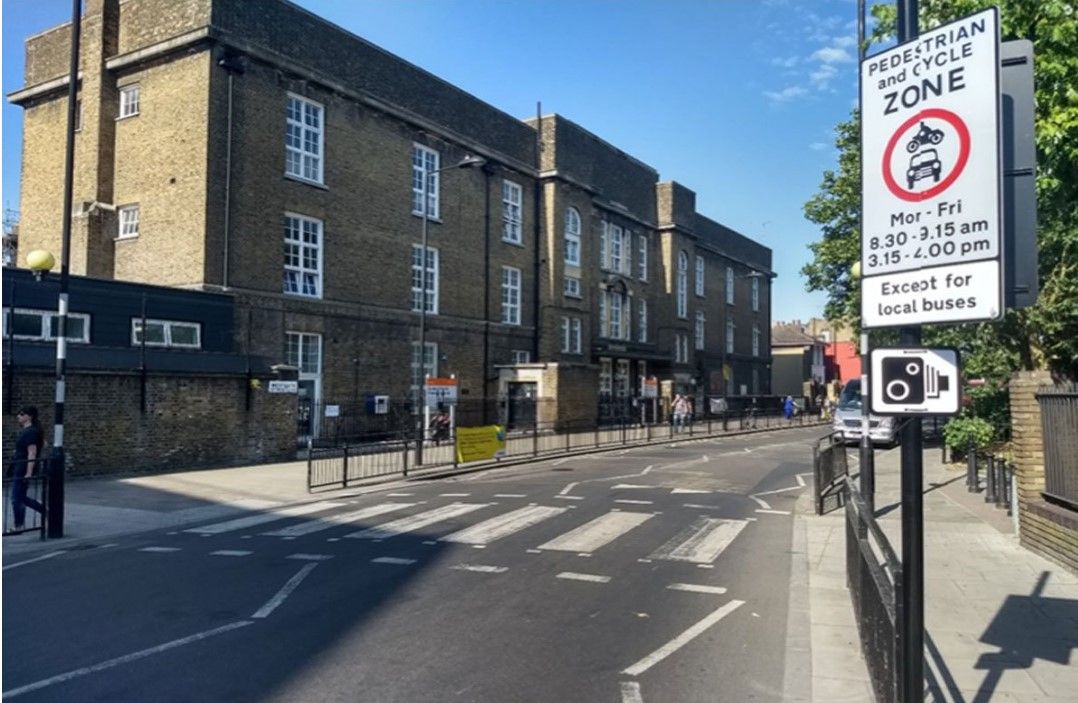
Windmill is one of several schools in Oxford trialling a School Street and will soon be joined by other schools in Oxford, Witney, Abington and Bicester, as Oxfordshire County Council rolls out School Street trials around Oxfordshire. If the trials are deemed a success by the schools, they will be extended for a further 18 months.

The volunteer stewards at Windmill report that the majority of drivers have been positive and understanding and there have been minimal issues on barriers. Those drivers who have stopped to ask what’s happening have generally taken a different route without further comment. The current temporary signage notifying drivers of the closures is to be replaced by permanent legal signage on the lamp posts each end of the closure points.
Over the weeks, families have gradually started to move into and use the space vacated by vehicles for social distancing and to cross the road safely.
Children and parents were surveyed throughout the pilot. Residents are invited to fill out the School Street ETRO Consultation survey.
Interested parties can also have their say on how the scheme might develop, what elements should be altered and whether it becomes permanent by emailing schoolactivetravel@oxfordshire.gov.uk. If you would like your school to take part in a future scheme, you can also use this email address to register your interest.
The majority of drivers have been positive and understanding and there have been minimal issues on barriers.
The School Streets trial is an Oxfordshire County Council initiative – see the Council’s School Streets webpage for further detail. Sustrans is leading the implementation on behalf of the Council and is currently recruiting volunteers to help enforce the School Streets closures during the trial.
Windmill School would welcome volunteers from the local community – please visit the Sustrans website if you’d like to find out more about becoming a School Streets volunteer.
This blog post gives us an insight from a volunteer’s perspective:

These articles provide more information on the rationale and motivation behind School Streets and how they have worked at other schools:
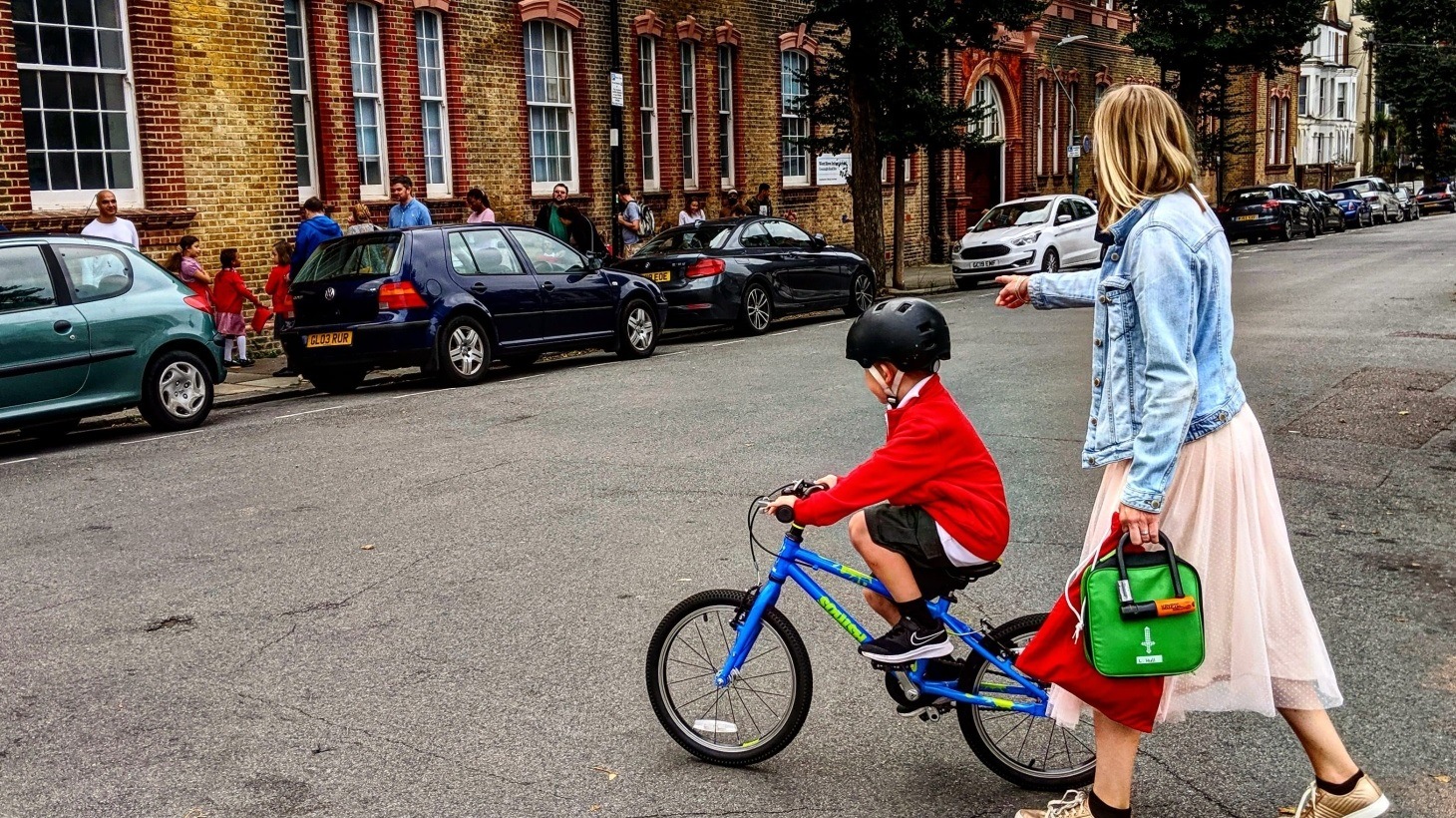




To Rethink the School Run, Get Rid of the Cars – Bloomberg CityLab
London neighborhoods are introducing “School Streets” – closing roads to traffic in the morning and afternoon to encourage schoolchildren and parents to walk and bike.
To Rethink the School Run, Get Rid of the Cars – Bloomberg CityLab
London neighborhoods are introducing “School Streets” – closing roads to traffic in the morning and afternoon to encourage schoolchildren and parents to walk and bike.





